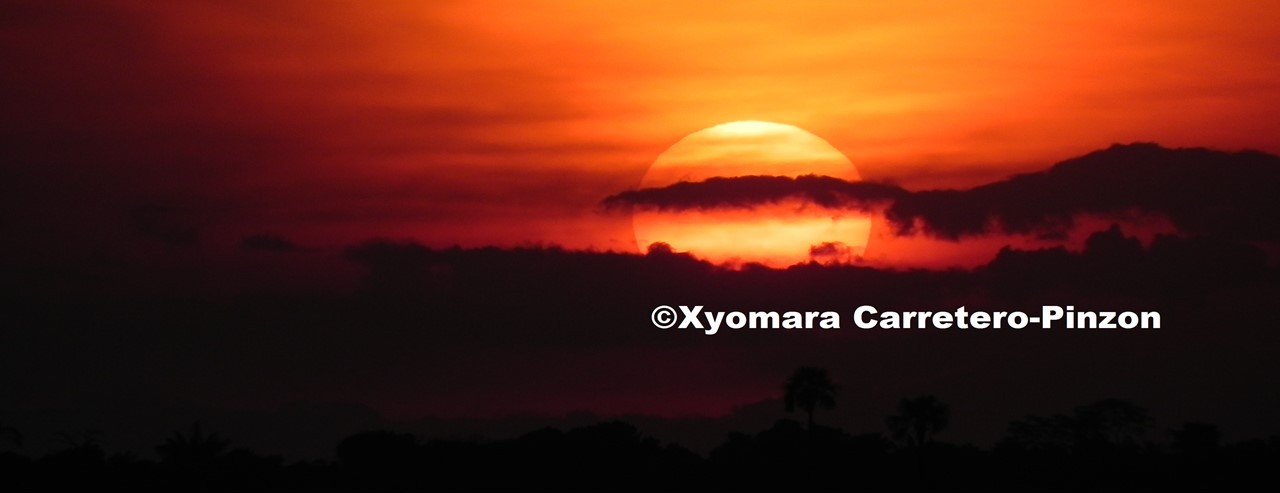
In today’s post we like to discuss all the additional dangers that provisioning monkeys in urban settings carry to both human and monkeys. Deforestation rates on monkey distribution ranges are increasing rapidly with numerous species getting in close contact with human populations in rural and urban areas. In urban areas, that close proximity to monkey’s populations carries out many dangers to both monkeys and humans. Additionally, some structures like energy transformers and electric cables as well as roads increase monkey’s challenges in an already resource limited environment. But what are the dangers of provisioning monkeys. In some initial monkey’s studies provisioning monkeys with a food source was used to get monkeys closer to observe behaviors. However, when monkeys get used to be feed by humans and lost their natural fear and untrust to humans, they came closer to humans allowing direct contact. This contact can be dangerous to both in terms of disease and germen transmission between both. We already know that many monkey species are susceptible to respiratory and digestive human diseases from studies done in captivity.Another danger of provisioning monkeys is their use of lower structures that make them an easier target to domestic dog’s attacks. The use of lower structures and the ground increase their risk to road killings as they sometimes even use moving car roofs as support structures to pass from food trees in some cities. Although there is poor information in most areas about the numbers of domestic dog’s attacks and road kills in urban and rural areas, this is threat that is increasing more due to urbanizations and deforestation of many areas in Colombia.Provisioning monkeys also change monkey’s natural behavior increasing conflict situations between monkeys and human as they enter to stores and houses to steal food and can cause panic and even cause bite incidents. Although there are reports of this incident in some parts around the world, we also don’t know much about its frequency. Retaliations from people affected are sometimes reported. In our study are close to San Martín town we heard of at least one group of Colombian squirrel monkey poisoned because they were entering houses to steal food.This close encounters also propitiate situations in which monkeys can bite people trying to feed them. This is especially true when old people, kids and nervous people are involved as they can control their emotions and movements scaring them and causing injuries to humans and monkeys alike.Finally, provisioning monkeys can impact their health and nutrition, although we still don’t know in which extent as very few information is available of what can produce a high consumption of bananas and other human food with high content of sugar in monkey’s bodies. I understand the excitement and wishes of people having a picture with monkeys close to them and even on their shoulders, however what most people forget is that even if they live inside a city, they are still wild animals that cannot be predicted and can change their behavior without any advice. Also, if you really like animals the best way in which you can demonstrate your love for them is by not putting them (and yourself) at risk of any dangers. Just enjoy looking at them wherever you observe them and try to conserve their natural habitat and make pressure on your local authorities to implement conservation and management actions to protect forest and animals living in it inside cities.
If you want to support our activities, please visit https://fineartamerica.com/art/xyomara+carretero or get in contact with us at xcarretero@gmail.com if you want to collaborate, donate or volunteer in our activities. You can also support our activities by buying our ornate titimonkeys stuff dolls https://www.instagram.com/p/Ctm_sEORvk8/?igshid=MzRlODBiNWFlZA== and our new journals in Amazon https://www.amazon.com/X-Carretero/dp/B0CWD1DBJM/ref=mp_s_a_1_1?© Copyright Disclaimer. All pictures used on this web page are protected with copyrights to Xyomara Carretero-Pinzón. If you want to use any of these pictures, please leave a message on the website.

